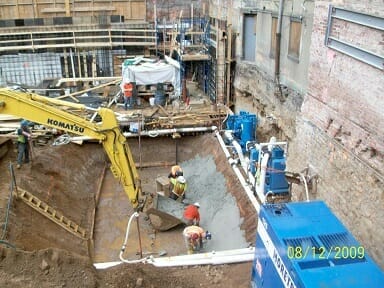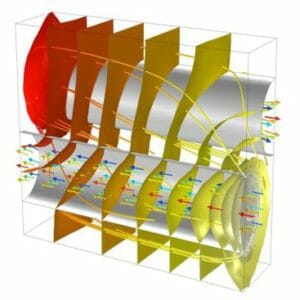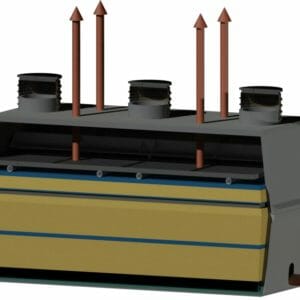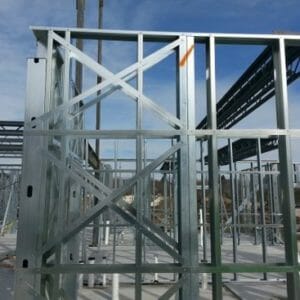Subtotal: $75.00
E – 1418 Design of Dewatering Systems
$75.00
Courses Included
This course discusses design of a watering and pressure relief or groundwater control system. To do this first requires determination of the type of groundwater flow (artesian, gravity, or combined) to be expected and of the type of system that will be required. Also, a complete picture of the groundwater and the subsurface condition is necessary. Then the number, size, spacing, and penetration of wellpoints or wells and the rate at which the water must be removed to achieve the required groundwater lowering or pressure relief must be determined.
Course Content
1. ANALYSIS OF GROUNDWATER FLOW
2. MATHEMATICAL AND MODEL ANALYSES
3. FLOW NET ANALYSES
4. ELECTRICAL ANALOGY SEEPAGE MODELS
5. NUMERICAL ANALYSES
6. WELLPOINTS, WELLS, AND FILTERS
7. PUMPS, HEADERS, AND DISCHARGE PIPES
8. FACTORS OF SAFETY
9. DEWATERING OPEN EXCAVATIONS
10. DEWATERING SHAFTS AND TUNNELS
11. PERMANENT PRESSURE RELIEF SYSTEMS
12. FREEZING
13. CONTROL OF SURFACE WATER
This course will give professional engineers and construction professionals an introduction to the analysis, systems, equipment, and materials employed in dewatering.
Description
This course discusses design of a watering and pressure relief or groundwater control system. To do this first requires determination of the type of groundwater flow (artesian, gravity, or combined) to be expected and of the type of system that will be required. Also, a complete picture of the groundwater and the subsurface condition is necessary. Then the number, size, spacing, and penetration of wellpoints or wells and the rate at which the water must be removed to achieve the required groundwater lowering or pressure relief must be determined.
Course Content
1. ANALYSIS OF GROUNDWATER FLOW
2. MATHEMATICAL AND MODEL ANALYSES
3. FLOW NET ANALYSES
4. ELECTRICAL ANALOGY SEEPAGE MODELS
5. NUMERICAL ANALYSES
6. WELLPOINTS, WELLS, AND FILTERS
7. PUMPS, HEADERS, AND DISCHARGE PIPES
8. FACTORS OF SAFETY
9. DEWATERING OPEN EXCAVATIONS
10. DEWATERING SHAFTS AND TUNNELS
11. PERMANENT PRESSURE RELIEF SYSTEMS
12. FREEZING
13. CONTROL OF SURFACE WATER
This course will give professional engineers and construction professionals an introduction to the analysis, systems, equipment, and materials employed in dewatering.
- Learn how to use mathematical and model analyses;
- Learn about flow net analysis;
- Learn the approach to electrical analogy models;
- Learn how to employ numerical analysis;
- Learn about wells, filters and wellpoints;
- Learn about dewatering open excavations;
- Learn the approaches to dewatering shafts and tunnels; and
- Learn how to control surface water.


 E - 1118 Air Pollution Control - Carbon Adsorption for VOCs
E - 1118 Air Pollution Control - Carbon Adsorption for VOCs 



